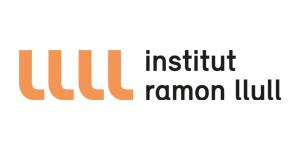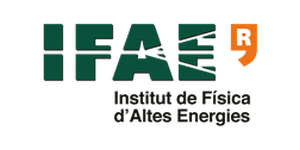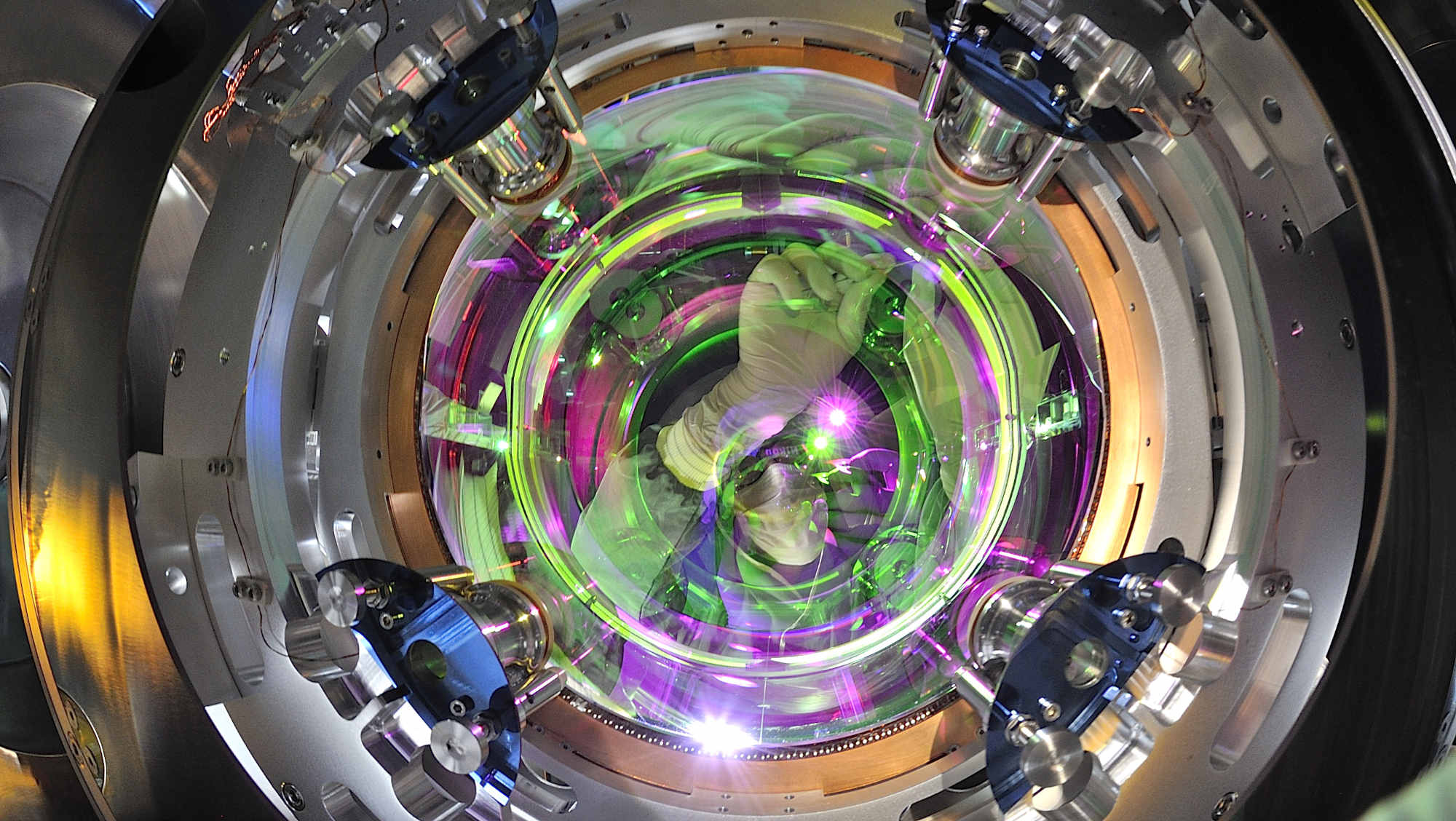Massive Binaries develops two overlapping narratives about the processes and phenomena of interactions within binary systems. The gravitational wave detection of merging neutron stars serves as one system, and contemporary polarized ideologies serve as the other. The bridging mechanism between them is the use of AI as a tool for enhancing information on the one hand, and as an eraser of truth and meaning on the other. Interactions between massive systems generate strange outcomes and new forms of information, while artificial intelligence plays a sort of schizophrenic role in data manipulation. While the gravitational waves from the neutron star merger rippled through spacetime over tens of millions of years, clashes between increasingly entrenched belief systems caused destabilizing and coercive reinterpretations of value and truth.
Massive Binaries teases out multiple possible narratives, folding and refolding fragility, complexity, loss, time, truth and risk into new forms and relationships.
RANDA Art|Science Residency
The RANDA Art|Science Residency is organized by the Institut Ramon Llull and hosted by Ars Electronica and the Barcelona Institute of Science and Technology (BIST), in collaboration with the new hub of Art, Science, and Technology from Barcelona, Hac Te, and the NewArtFoundation. The residency is named after the cave on Mallorca Island where medieval philosopher Ramon Llull had his illuminations that influenced his interdisciplinary thinking and became an inspiration for art, science and technology.
The winner of the first edition was Andy Gracie, whose project *Massive Binaries* explored the extraction of knowledge from processes of merging and collision related to gravitational waves and particle accelerators. Gracie has been hosted at the Institut de Física d’Altes Energies (IFAE), from BIST. The NewArtFoundation contributed to the production, preservation and exhibition of the artwork created during the residency.
Gravitational Waves unite experimental physicists, theoreticians and engineers at IFAE, as they embark on a shared mission: exploring this window to the universe newly opened in 2015. This cosmic symphony now resonates with all of humanity, inviting us to delve into fundamental inquiries. Andy Gracie’s residency brought forth a unique set of inquiries and perspectives, fostering connections between the ordinary and the extraordinary aspects of this quest.
Massive Binaries develop parallel narratives about how imposing and influential forces interact and produce new phenomena through processes of negation and transformation. One side of the other unfolds a story about the gravitational wave event GW170817, a merger of two neutron stars 140 million light years distant and the signaling of multi-messenger astronomy. The other side develops a debate between two AI entities, each with opposing political and ideological world views. As they strive to inhabit an unstable common ground, they also begin to produce exotic phenomena which just might hold new truths.
Credits
AI assistance: Ali Nikrang (Ars Electronica Futurelab)
Unreal engine assistance: Friedrich Bachinger (Ars Electronica Futurelab)
Fabrication assistance: Benoit Duchesne
Voice over artists: Kira O’Reilly and Eric Goode
Studio assistance: Ali Yerdel
Audio mastering: Dan Barrett (Frozen Smoke)
This artwork was developed during the Randa Art|Science Residency, which is organized by the Institut Ramon Llull and hosted by Ars Electronica and the Barcelona Institute of Science and Technology (BIST), in collaboration with the new hub of Art, Science, and Technology from Barcelona, Hac Te, and the NewArtFoundation.

Andy Gracie (GB/ES)
Andy Gracie works in disciplines including installation, robotics, sound, video and electronic media. He employs scientific theory and practice to question our relationships with exploration and experimentation, whilst simultaneously bringing into focus the very relationship between art and science. His work involves engagement with space research, cosmology and deep time, and features an ongoing examination of semiotics, simulation theory and post-apocalyptic scenarios







